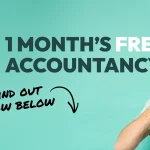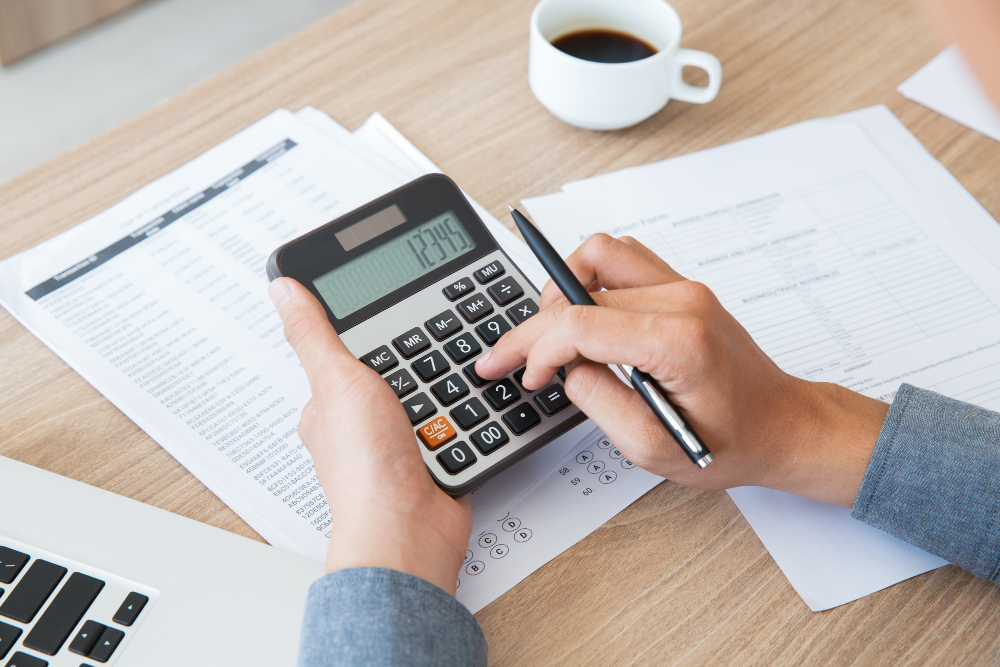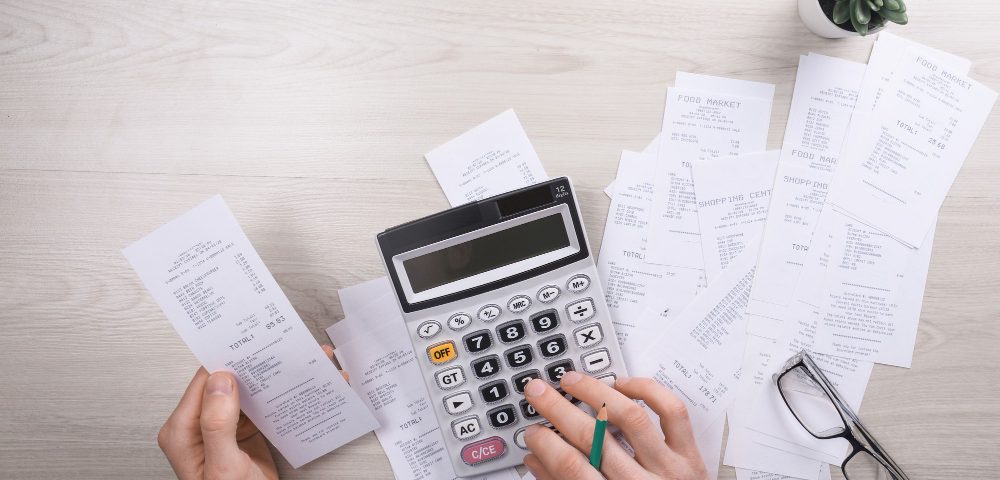
Everything You Need to Know for the New Tax Year
22 April 2025
Our competition is back!
7 May 2025If you’re a small business owner, especially if it’s early days and you’re just getting started, being faced with the complex world of taxes can seem daunting. One of the first things you should familiarise yourself with is the trading allowance, which is a type of tax relief that can save you money and reduce the complexity of tax filing.
With change on the horizon when it comes to reporting thresholds, we’ve created this guide to give you a rundown of what to expect, how changes will affect the trading allowance, and how you can make the most of this useful tax relief.
What is the Trading Allowance?
The trading allowance is a type of tax-free allowance that is available for those who are self-employed or own a small business. It’s used to provide relief for certain types of income labelled as ‘casual trading’, such as babysitting, selling goods online (e.g. Vinted or eBay), etc.
Essentially, the trading allowance allows you to earn up to a certain amount of income from your business without needing to pay tax or National Insurance on it.
Trading Allowance Threshold
The trading allowance is currently set at £1,000 which means that if your total income from self-employment or your small business does not exceed £1,000 per tax year, you don’t need to worry about paying tax or National Insurance on these earnings.
If, however, you regularly make a profit from your side hustle and earn over £1,000 in one tax year from sales, you are required to register for self-assessment with HMRC, and you’ll need to report your income using a self-assessment tax return (SATR).
Trading Allowance & Reporting Thresholds
While the tax-free trading allowance of £1,000 will stay the same, the government has recently announced changes to the reporting threshold which will rise from £1,000 to £3,000. What does that mean? Those earning less than £3,000 won’t need to register for or submit a SATR. Those with taxable income below the £3,000 threshold will have the choice to report tax through a new digital reporting service or remain with the traditional self-assessment.
There are no set dates for the threshold increase yet, however, it was decided it would happen during this parliament and so it can be expected to come into effect by 2029.
How Does the Trading Allowance Work?
The trading allowance was originally introduced to provide tax relief for those with low income and minimal to no business expenses. Here’s how it works:
1. Earning Less than £1,000
If you earn less than £1,000 in a tax year from your business activities, you can claim full relief which reduces your taxable income to zero. That means you don’t need to do the following:
- Report your income to HMRC
- Complete a tax return
- Pay tax on that income
This can be a fantastic benefit for small business owners or freelancers who have occasional side gigs, such as selling handmade products online or offering consulting services on a part-time basis. If your earnings are within this threshold, you can simply enjoy the extra income without worrying about the tax paperwork.
2. Earning More than £1,000
If your business income exceeds £1,000 in a tax year, the trading allowance can still help reduce your tax burden as you’ll be able to claim partial relief where £1,000 is deducted from your gross income and you only pay tax on the remaining amount.
However, you’ll need to keep proper records of your earnings and expenses and will have to report your income to HMRC via a tax return.

Trading Allowance vs Claiming Expenses
If your business income is over the £1,000 threshold, you have a choice to make. Unfortunately, you cannot claim business expenses and use the trading allowance – it’s one or the other.
Using the trading allowance: this tends to keep things more simple as it means you won’t need to keep detailed records of your business expenses. However, you will have to declare all your income.
Claiming business expenses: this may allow you to deduct costs such as materials, equipment, or business travel from your income, potentially reducing your taxable profit.
While the trading allowance is potentially more straightforward, it’s worth calculating if your business has considerable expenses first as claiming expenses instead of using the allowance could result in a more beneficial outcome in certain cases.
It’s important you weigh up your options and take some time to consider which makes better financial sense for you and your business. It’s always worth speaking to an accountant or tax professional who can provide advice on which option would suit your finances better to minimise your tax liability.
Key Benefits of the Trading Allowance for Small Business Owners
1. Simplified taxation
For those who are new to self-employment or running a small side hustle, the trading allowance can be a lifesaver. You won’t have to worry about keeping track of all your business expenses or filling out lengthy tax returns. If your earnings fall below the threshold, you can focus on growing your business instead of worrying about tax-related paperwork.
2. Skip out on self-assessment
When you’re below the £1,000 threshold, you don’t need to register for self-assessment with HMRC, which can be time-consuming and confusing. This saves you time and energy, especially if your side hustle income is relatively low.
3. Ideal for side hustles
Many small business owners and freelancers rely on side hustles to supplement their income. The trading allowance is a great option for those who have a small-scale business or occasional freelance work because it allows you to keep things simple while still making money without paying tax on earnings under £1,000.
4. No need to register
You don’t have to apply for the trading allowance – it’s automatic. As long as your income is within the £1,000 threshold, HMRC assumes you qualify. It’s a straightforward way to save money and time as you don’t need to sign up or register for anything.
Who Can Benefit from the Trading Allowance?
The trading allowance is designed to benefit those running small businesses or freelancing activities that are classified as ‘casual trading’. The list of potential trading activities is long, but here’s a breakdown of some people that might benefit:
- Freelancers: Writers, designers, and other freelancers who don’t make a full-time income can benefit from this allowance.
- E-commerce Sellers: If you sell goods online through platforms like eBay, Etsy, Vinted, AirBnB, etc and your income is under £1,000, the trading allowance could apply to you.
- Part-time or Hobby Businesses: If you run a business as a hobby or part-time venture, the trading allowance can help you earn money without the added stress of tax filing.
- Consultants: If you offer consulting services on a part-time or project-by-project basis and earn less than £1,000, the allowance applies to your income.
We would always encourage you to keep detailed records, receipts, and invoices, even if your income falls below the trading allowance threshold. This means you can easily provide proof and clarity if ever questioned by HMRC, and you can track if you do go over the £1,000 cut-off and need to register for self-assessment.
Final Thoughts
The trading allowance is a helpful tool for small business owners, particularly those who are just starting out or running a side hustle. It provides a simple, tax-free income option without the complexity of tax filings, making it a great option for entrepreneurs in the early stages of their business journey.
However, it’s important to assess whether claiming the trading allowance or claiming actual business expenses will give you the best outcome. If you know that your business expenses will be relatively high, it might be better to claim them instead, which could result in more savings.
Always consider speaking with a tax professional to make sure you’re making the right choice for your business. By understanding the trading allowance threshold and your options, you can ensure your small business remains tax-efficient and simple to manage.
Get in touch
Want to talk about trading allowance, expenses, or other? We’re here when you need us so get in touch with our team today.

